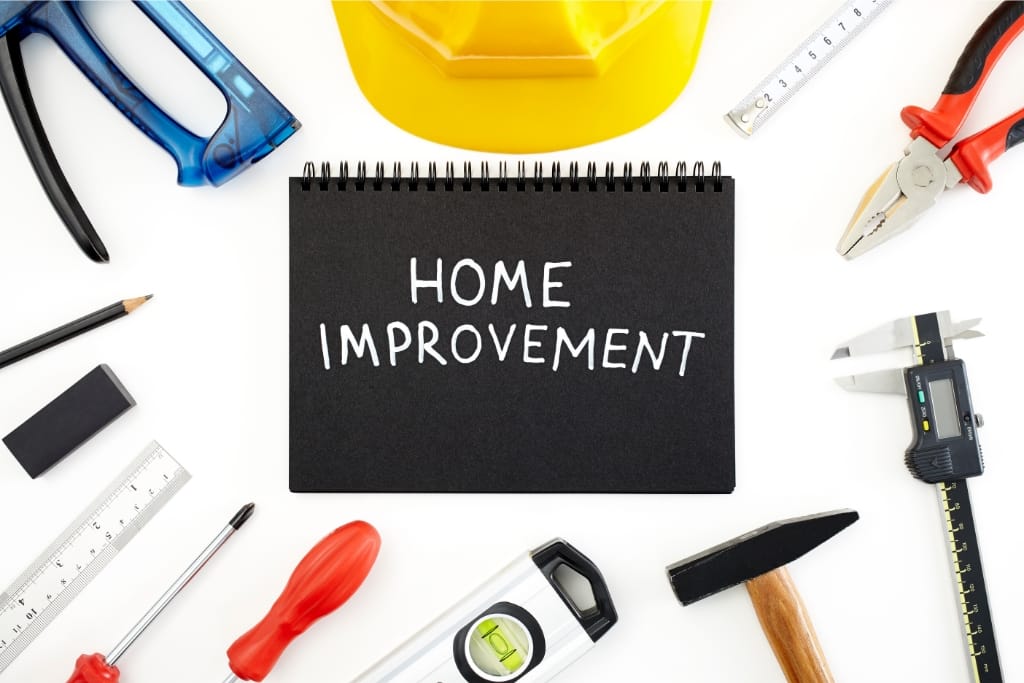Planning a home improvement project can be daunting, but it doesn’t have to be.
With the right tools, resources, and preparation, you can create a plan of attack that will help you complete your project on time and within budget.
To get started, it’s important to consider the scope and timeline of the project – how much work is involved?
What materials do you need?
How long will it take?
Knowing these details can help provide a roadmap for success.
Here are five simple steps that outline a simple process you can apply when planning home improvement projects.
Step 1: Determine Your Budget
The first step in any home improvement project should be creating a budget.
Consider how much money you can realistically dedicate to the project – including any materials needed and labor costs – while also leaving enough of a cushion in case unexpected expenses arise.
Additionally, decide whether you plan to finance part of the project through loans or credit cards; if so, make sure you factor in potential interest rates or fees.
Step 2: Research Different Projects
Once your budget is set, start researching potential projects that fit into your price bracket.
Look at DIY image-based social media sites and big box depot stores for general ideas on what kind of improvements are possible with the amount you have available.
Also, visit local stores to compare products in person and ask employees questions about their use and installation process; this will help narrow down your choices even further.
Step 3: Develop an Outline/Timeline
Now that you’ve decided on some potential projects, begin developing an outline that includes detailed steps for completion such as purchasing materials, scheduling appointments with contractors (if necessary), and taking time off work for construction/installation if necessary.
Also, include estimated timelines for each step; this will ensure that no part of the process gets overlooked or forgotten.
Step 4: Shop Around for Materials/Labor
When it comes time to purchase materials or hire contractors for labor, shop around.
Compare prices from different stores/vendors online or locally to get the best deal possible – just make sure quality isn’t compromised to cut costs.
If hiring contractors for labor is necessary, read reviews online to make sure they are reliable and trustworthy workers who can complete tasks on time according to industry standards.
Make sure all contracts are signed prior to beginning work; this helps protect both parties involved from any legal disputes related to payment or quality assurance issues during the completion of the job.
Pro Tip: If you’re able to afford it, have a contract attorney review all legal documents before signing. This will help prevent you from making mistakes and protect your interest.
Step 5: Begin Construction
With all supplies purchased and workers hired (if necessary), it's time to begin construction.
Depending on the complexity of your project, there may be multiple phases throughout completion involving different aspects such as demolition or installation.
Use your outline/timeline created earlier as a guide throughout this process.
Also, remember that safety should always come first – use protective gear when handling power tools or using hazardous materials.
These steps help reduce injury risk while improving overall efficiency during construction progressions toward completion of your home improvement project.
Conclusion
Creating a successful home improvement plan takes dedication and skill.
However, with proper planning and research beforehand followed by careful execution during construction phases - a beautiful outcome can be achieved which can enhance the value of your property.
Make sure all steps outlined here are taken into consideration during each phase - it may seem like extra effort at first but can ultimately save time, energy, and money down the road when everything runs smoothly toward completion.
Download Our Free E-book!








